
SAS' Bahar Biller reveals how simulations enable KPI generation, risk quantification, risk management and more.

SAS' Bahar Biller reveals how simulations enable KPI generation, risk quantification, risk management and more.
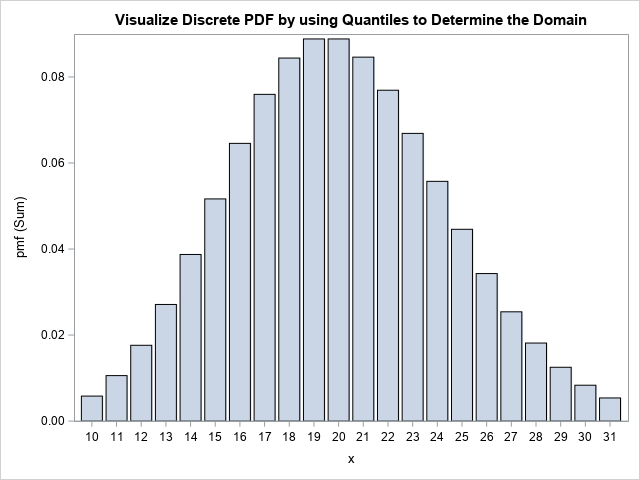
It isn't easy to draw the graph of a function when you don't know what the graph looks like. To draw the graph by using a computer, you need to know the domain of the function for the graph: the minimum value (xMin) and the maximum value (xMax) for plotting

Robert Handfield, PhD, is a distinguished professor of Supply Chain Management at North Carolina State University and Director of the Supply Chain Resource Cooperative. In an episode of the Health Pulse Podcast, Handfield gave his views regarding the challenges health care and life science companies have encountered over the past two years

"My team serves as a compass and a supporter. We lead a workforce that is definitely already very tech-savvy with regards to the next level of AI maturity."

Getting ahead of an equipment failure can be the difference between millions of dollars saved, and disastrous losses. Predictive maintenance, which uses data and analytics to determine the health of an asset to predict the best time to perform maintenance, is now easier than ever if implemented with a smart,
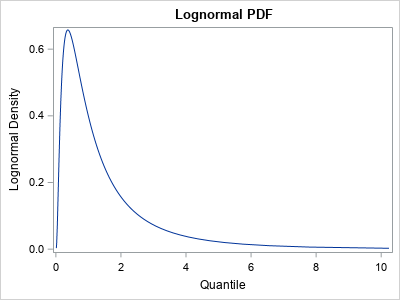
A colleague was struggling to compute a right-tail probability for a distribution. Recall that the cumulative distribution function (CDF) is defined as a left-tail probability. For a continuous random variable, X, with density function f, the CDF at the value x is F(x) = Pr(X ≤ x) = ∫

High unemployment rates of the post-pandemic era in many recovering regions and increasing inflation rates are signaling an economic recession. With the pressure of increasing energy prices on consumer cash flow and households in many advanced economies facing a cost of living crisis, collections managers know it’s time to transform

Have you seen the Instagram Reel that jokes that replacing your morning coffee with green tea can decrease what little joy you have left in this world by 80% or something along those lines? As a coffee lover and former green tea not-so-enthusiast, that one cracks me up every time.

A SAS programmer wanted to create a panel that contained two of the graphs side-by-side. The graphs were created by using calls to two different SAS procedures. This article shows how to select the graphs and arrange them side-by-side by using the ODS LAYOUT GRIDDED statement. The end of the

AI has, for many years, been the stuff of fantasy. From the monster in Mary Shelley’s Frankenstein to the dystopian futures depicted in films such as Metropolis, the Matrix and Minority Report, the idea of intelligent machines has been capturing the imagination of writers for centuries. Our ability to store

Beginning July 16th, under FCC rules, those in the U.S. can call or text 988 to be connected to trained mental health crisis counselors. The 988 number connects to the already exisiting National Suicide Prevention Lifeline. The goal is to make it as easy as possible for someone who is

European agriculture is under enormous pressure to achieve the level of sustainability envisaged by EU initiatives such as the Green Deal and the Farm to Fork strategy. Meanwhile, the international crisis in Ukraine also reminds us that we need to make our food system more resilient to shocks. Data-driven policy
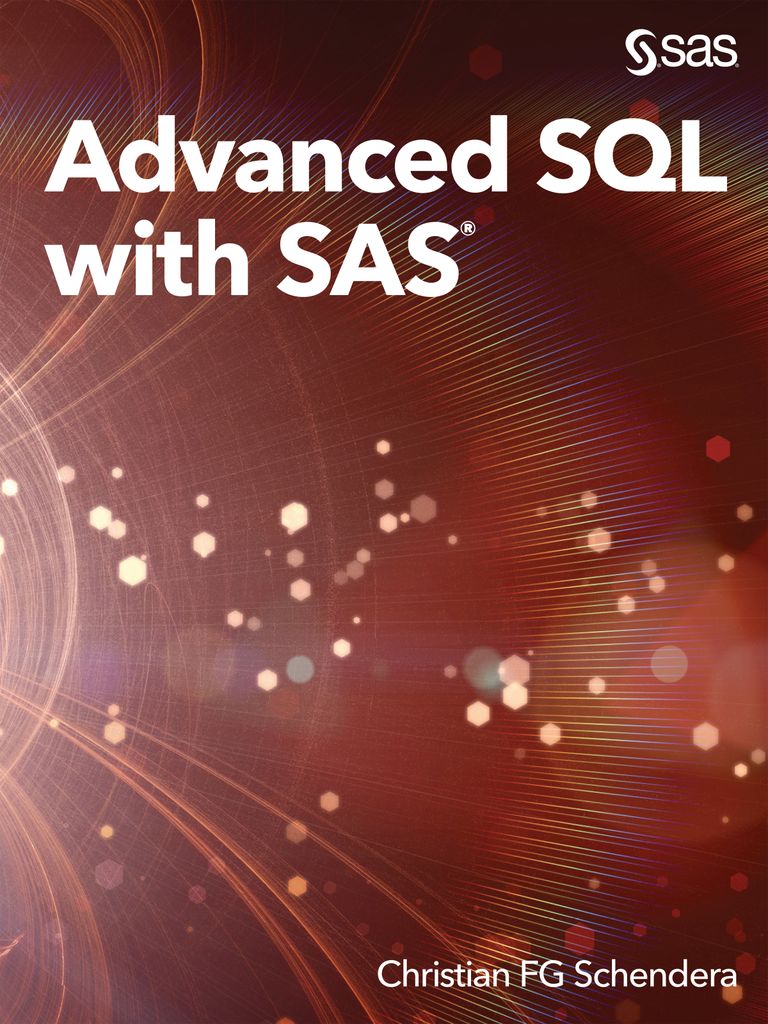
SQL (Structured Query Language) is the most widely used programming language for relational databases worldwide. No other programming language produces more hits for a web search than SQL and interest is growing rapidly. In June 2010, Google showed 135 million hits versus 586 million hits in June 2020. SQL is
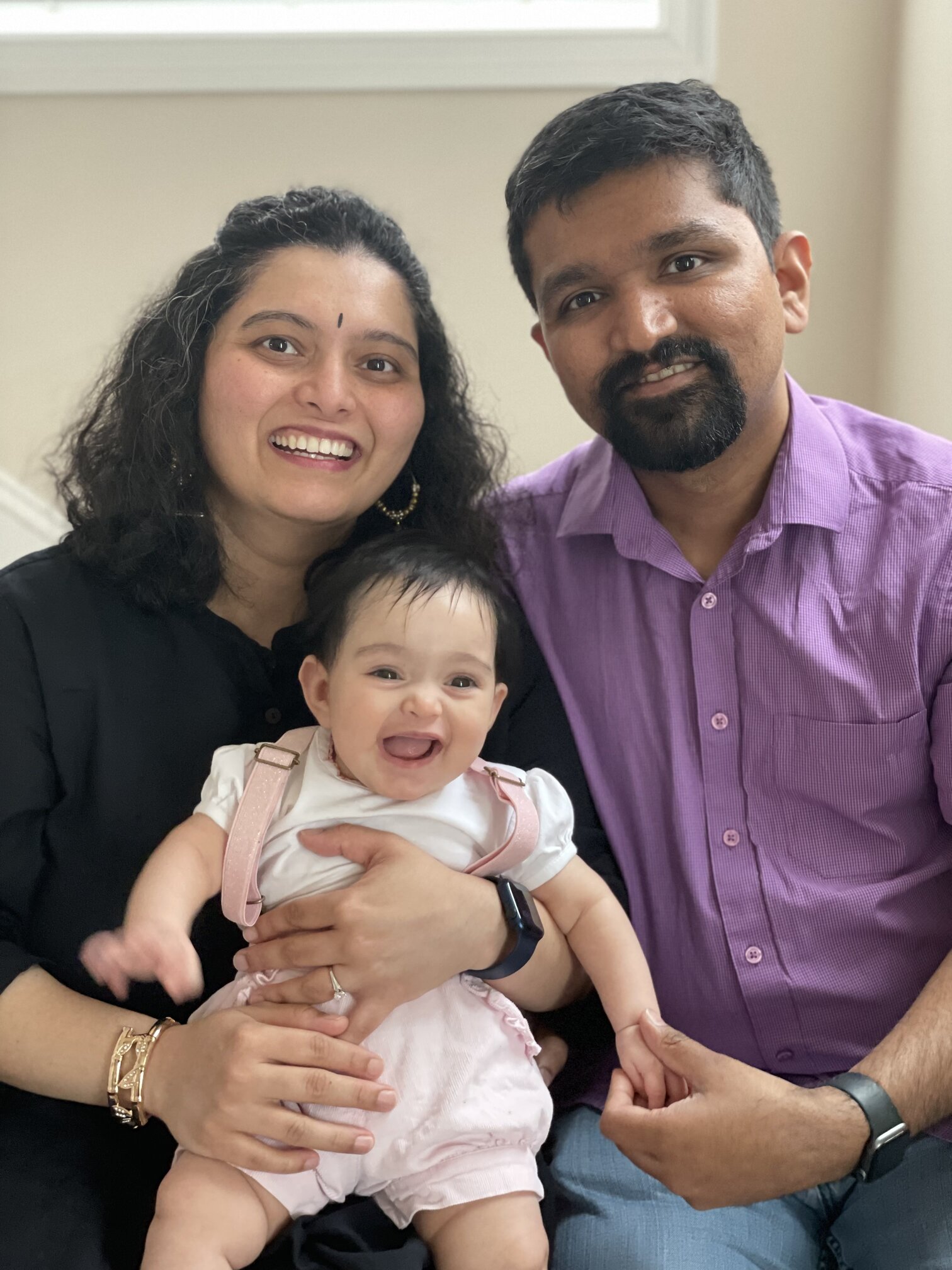
Curious about what it’s like to work at SAS? You’re in the right place. Our people are always asking “What if?” and pushing the boundaries of innovation, and their curiosity is at the core of our company. Today, Vrushali Sawant, a Data Scientist in our Data Ethics Practice, is sharing

SAS SGPLOT already provides the necessary graphical elements for complex visualization. 3D or high-dimensional data can be easily visualized after being projected appropriately. With SAS' strong support for animation features, SAS users can create complicated 3D or high dimension visualizations quickly.

I previously wrote about partial leverage plots for regression diagnostics and why they are useful. You can generate a partial leverage plot in SAS by using the PLOTS=PARTIALPLOT option in PROC REG. One useful property of partial leverage plots is the ability to graphically represent the null hypothesis that a

For life sciences companies, effective commercial execution depends on delivering useful information to healthcare providers. How can your business manage engagement intelligently across all channels? The pace of pharmaceutical development is accelerating faster than ever before. During the pandemic, life sciences leaders proved that the industry can react to emerging

Data is crucial for the development of artificial intelligence (AI) applications. However, the rapid availability of data is a challenge due to increasingly strict privacy regulations. A possible solution is to use synthetic data. Gartner predicts by 2024 that 60% of the data used to develop AI and analytics applications
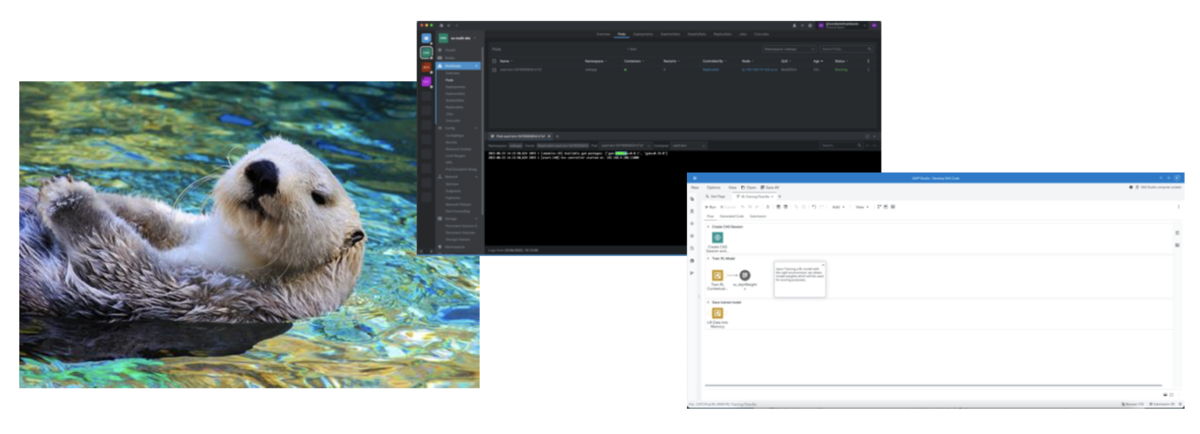
Wouldn’t it be cool if we establish a mechanism that provides more data scientists easy access to SAS Reinforcement Learning capabilities, from a centralized location and using a standardized approach?

Insurers are bracing for serious change as customer journeys continue to transform. IDC FutureScape predicts that by 2024, 50 percent of all policies of non-life and life insurers will be sold through a fully automated personalized insurance engine and client-guided customer journeys, creating stronger brand loyalty. A progressively more complex
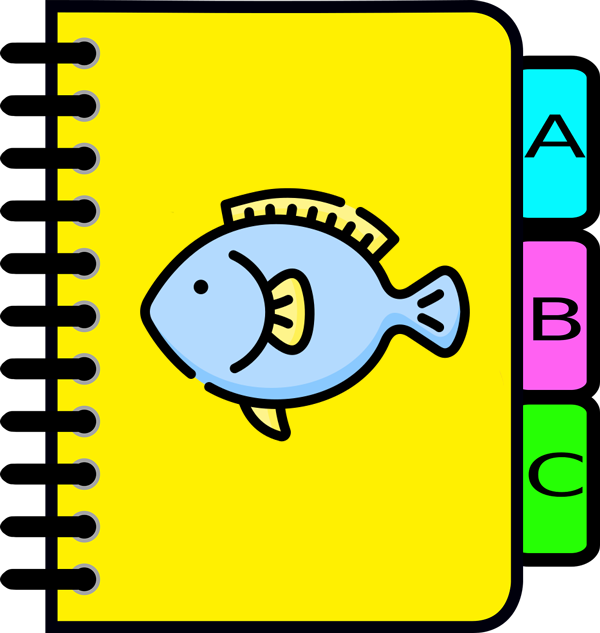
Leonid Batkhan shows how to split a data table into multiple Excel spreadsheets in a single workbook.

What if there was an easy way to assist sprains, strains, pain, joint stiffness and even sleep? There IS and it’s PEMF therapy which stands for pulsed electromagnetic field. What is PEMF? It’s been around for over a century and provides a complementary way to heal and help the body

Many people know that you can use "WHERE processing" in SAS to filter observations. A typical use is to process only observations that match some criterion. For example, the following WHERE statement processes only observations for male patients who have high blood pressure: WHERE Sex='Male' & Systolic > 140; In
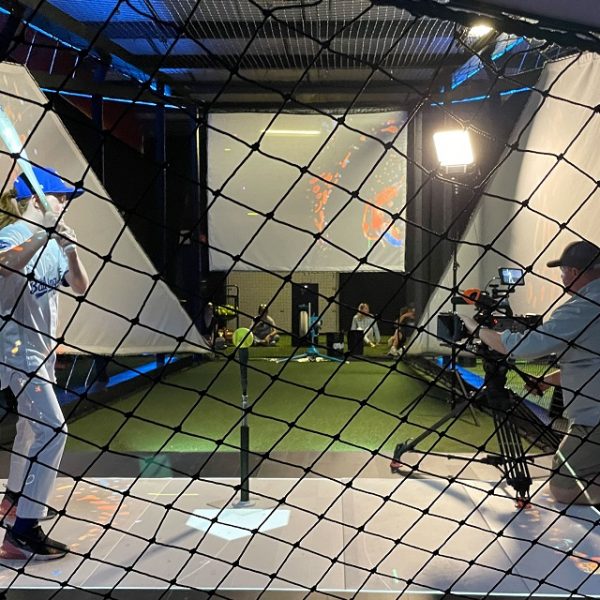
The SAS Batting Lab was recently featured on NBC’s Today Show. If you missed it, you can watch the segment in the video above. For more about The Batting Lab, get a firsthand look at the experience of the batting cage and learn more about the data literacy value of

Becoming a parent is one of the most exciting things in life. Unfortunately, sometimes pregnancy complications occur, remaining a serious challenge, that is not often talked about. Ahead are interviews with leading researchers in Dublin aimed to understand the impact of data and analytics on maternal health. According to the

This is the third post in a series about the Gartner Data & Analytics Summit in London. Welcome to the third and final collection of thoughts inspired by my time covering the SAS booth at the Gartner Data & Analytics Summit in London. In my previous blog, I talked about

Research, supply chain, manufacturing, and sales increasingly depend on partnerships in a digital ecosystem. Cloud-based analytics makes it possible to collaborate intelligently at scale. For years, life sciences companies have been justifiably cautious about moving their data science functions into the cloud. Although the industry’s central purpose is to accelerate

SAS research statistician Ji Shen reveals how to train a machine to be a batting coach.

You’ve probably heard of DevOps, but do you know about DataOps? It builds on the DevOps approach to provide huge benefits in unlocking business value from data. Many people have heard of DevOps, even if they don’t know precisely what it means. It is an agile approach to software development,

In today's environment, data is exceedingly important but also increasingly harder to get and manage. A reliable customer data platform (CDP) can provide significant value to retail and consumer packaged goods (CPG) companies. Customer data platforms are used to consolidate and integrate customer and consumer data into a single data source. CDP